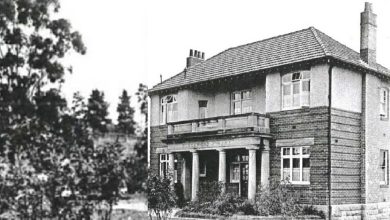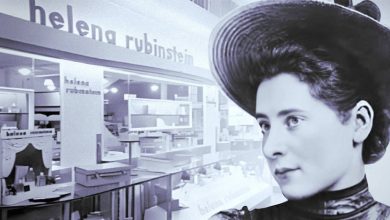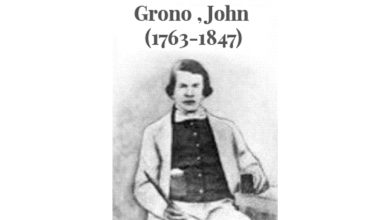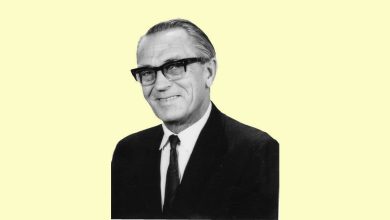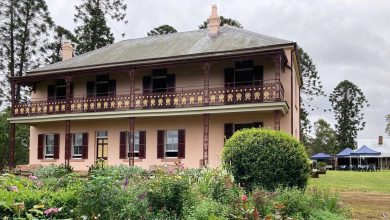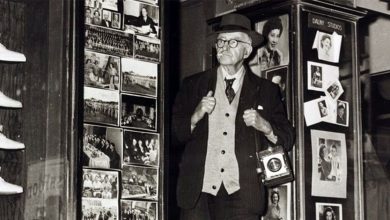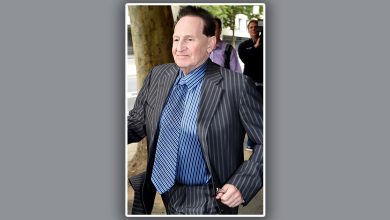By Ivor Jones Windsor
One of the earliest settlers in the Hawkesbury district was John Tebbutt who emigrated as a free settler with his wife Ann to New South Wales in 1801.
Gaining a land grant in the Toongabbie district in 1802 he became unhappy with the location and moved to the Hawkesbury as a tenant farmer.
He opened a general store at Windsor in the 1820s which was very prosperous and was extended in 1830.
John Tebbutt continued the business until retiring in 1845. The building was located at the corner of George and Baker Streets and demolished in 1969.
His son, also named John, acquired the Peninsula Farm where he and his wife Virginia had a son, a third John Tebbutt, who became the well-known astronomer who established the observatory at Windsor which still exists.
He discovered what became known as Tebbutt’s Comet in 1864 also discovering another comet in 1881.
Like shopkeeper John Tebbutt, another early settler, Andrew Thompson, also a shopkeeper, played a significant part in putting what was later to become known as Windsor on the map.
Andrew Thompson was an ally of Governor Bligh in his dispute with John Macarthur and the two would come to detest one another.
Andrew Thompson was transported to New South Wales as a convict in 1792 and spent some time at the Government Farm at Toongabbie.
In 1976 he moved to Green Hills, later renamed Windsor, where he was appointed Constable.
He purchased land at McGraths Hill where he established West Hill Farm which later became known as Red House Farm.
In 1799 Gov. Hunter granted him a lease of one acre on the eastern side of the square which we now call Thompsons Square. There he built a house from which he also operated a General Store. After his death in 1810 auctioneer, John Howe, conducted an auction sale which lasted a week and was the largest seen in the colony up to that time.
Andrew Thompson was an enterprising person who assisted in building the new colony’s economy. He established salt pans on Scotland Island in Hawkesbury to supply salt to the colony. He also became a shipowner, a brewer of beer and the largest grower of wheat in the colony as well as building a bridge over South Creek just before his death.
Having worked for two days and nights rescuing those affected by the floods of 1809, it is possible that his exertions during those floods may have led to his subsequent death. He also saved many during the floods of 1806.

Having lost his position as Constable during the rebel administration after the overthrow of Gov Bligh he was appointed a Magistrate to the Hawkesbury district ten days after the appointment of Gov. Macquarie. An estimate of his wealth at the time of his death was £20,000. He was also the largest landowner in the district and it took a number of years before all his properties were sold.

